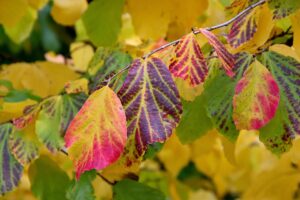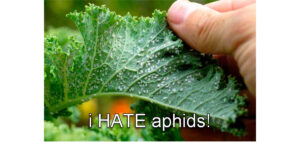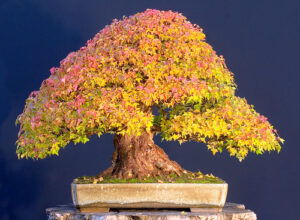
Indoor: If at all possible, these trees will benefit greatly from a summer in the outdoors. Ideally, they should have all been moved out by now, but there is still time if you have not already moved them out. Water as needed. Watering will depend on the weather, the location of the trees (sunny or shady), the soil, the pot size, and other factors. In many cases, however, daily watering will be needed. Always check the moisture content of the soil before watering. Fertilization should continue. Check wires for tightness. Repotting may be done at this time.
Outdoor: Watering is of prime importance at this time. Check the moisture content of the soil daily and water as needed. Be sure to fully saturate the soil at each watering. Healthy, actively growing trees should be fertilized on a regular schedule. Remember that, unless stated otherwise, the concentrations given on fertilizer containers pertain to a once-a-month feeding schedule. Fertilizing more frequently, such as weekly or bi-weekly, is usually better. To properly do this, divide the concentrations by the number of feedings that you plan to do each month. In other words, a bi-weekly schedule would be made to half strength or a weekly feeding would be done at one-quarter strength. There is an old greenhouse rhyme that says, “Its better to feed weakly weekly.” Check wires for tightness and remove any that are cutting in. Pinch new growth as needed. Thin-leafed trees, such as maples, may need some light shade during the middle of summer. These trees are prone to burning along the leaf edges in too strong sunlight. Watch for insects. If you find a problem, treat it with an appropriate material.
Works cited:
PSBS Editor, “Things to do this month” Bonsai Hai Vol. XIII Number 6, July 2006.



